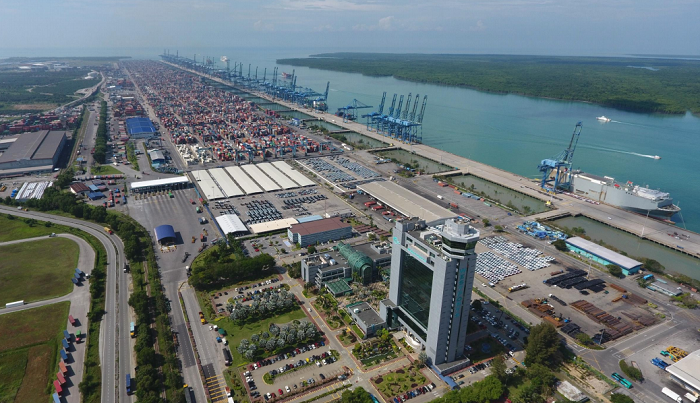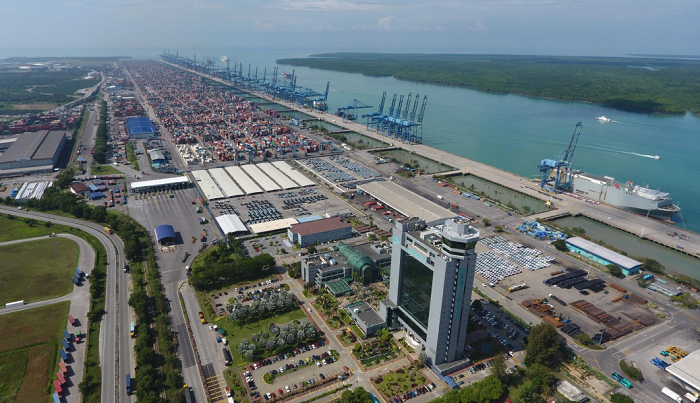- Oxford Economics projects Malaysian economy to grow by 4.3% in 2023
- 2024 Budget shows govt exercising fiscal discipline, reduce budget deficit

Economic momentum has picked up in Q3 2023 in Southeast Asia, but there are concerns about potential headwinds in 2024, finds Oxford Economics in its recent research commissioned by the Institute of Chartered Accountants in England and Wales (ICAEW). Factors weighing down 2024 forecast include slow global growth led by the United States and China, tourism bright spots losing their shine, and declining private consumption.
As a result of both external and domestic challenges, Oxford Economics projects the Malaysian economy to grow by 4.3% in 2023, below the pre-pandemic average of 5% per year. The impact of a weaker export earnings is starting to flow through to labour markets and confidence. Although exports have improved recently, exporters’ profits are still lower than a year or so ago. Soft export earnings are also hitting investment, especially in countries where much of industry is trade focussed, such as Singapore and Malaysia.

Tight monetary policy, global and domestic softness to weigh down on exports
Southeast Asia has displayed resilient economic momentum in Q3, with improved trade conditions driving GDP growth to surpass expectations. Export growth in Singapore, Malaysia, and Vietnam have expanded from Q2 to Q3, with Singapore and Vietnam enjoying notable turnarounds with both markets having significant footholds in the electronics trades.
However, Southeast Asia exports will remain weighed down by a prolonged global weakness, particularly from US and China. While the US will probably avoid a recession, an extended period of poor growth is likely ahead. Other advanced economies are set to be sluggish due to past policy tightening while China’s spending will remain subdued as it faces its own domestic difficulties. Even the once-prominent tourism sector is also losing its lustre, with the rebound in tourist arrivals having stalled for most other Asian economies including Singapore, Malaysia, Indonesia and Vietnam.
Meanwhile, private consumption is moderating due to several factors. First, export profits remain lower than that of 2022, which impacts labour markets and investments especially in trade-focused countries like Singapore and Malaysia. Past monetary policy tightening is also starting to take its toll on spending power through higher debt service costs. Pandemic drag is starting to show through depleted savings and higher debt levels across households, firms, and governments, which will likely lead to a period of spending restraint and balance sheet repair.
This will be compounded by tightening fiscal policy as 2024 budgets are predicted to shrink, alongside weak currencies, higher oil prices, and the threat of rising food prices. While inflation is likely to resume its decline further in the future, analysts are not expecting rate cuts until Q2 2024.
Malaysia: Buoyant domestic demand is starting to cool
For Malaysia, GDP grew solidly in Q3, anchored by resilient domestic demand. But early signs of weakness are emerging in private consumption and the services sector. The weak ringgit remains a risk, keeping alive the chance of renewed rate hikes.
Malaysia’s GDP growth climbed to 3.3% YoY in Q3, from 2.9% in Q2. In quarter-on-quarter (QoQ) terms, momentum picked up to 2.6%, from 1.5% in Q2. The improvement was anchored by robust domestic demand, with a 4.6% QoQ growth in government consumption and a 1.8% rise in gross capital formation. But private consumption contracted by 0.7% QoQ after surging by 5.9% in Q2.
The resilience of domestic demand is unlikely to persist. Firstly, sustained strength in government consumption will be short-lived. The 2024 Budget tabled last month shows the government is exercising fiscal discipline, aiming to reduce budget deficit from 5% this year to 4.3% next year through new tax measures and restrained spending (nominal expenditure is budgeted to fall 1% from 2023).
Second, consumer spending is likely to struggle next year. Statistics from Malaysia’s Employee Provident Fund (EPF), a government-backed mandatory savings scheme, showed that 6.3 million members (almost 20% of Malaysia’s population) under 55 years have less than RM10,000 of savings in their account. This highlights the serious hit from the pandemic on households’ balance sheets. Those savings will need to be replenished, taking away from current spending over the next few years.
Third, investment is set to be muted, albeit having shown some resilience recently owing to government projects and investment in residential development. Weak goods exports will weigh on business investment, along with higher interest rates.
The external environment is likely to stay a headwind next year. On services trade, there are signs that tourism’s boost to sequential growth has begun to fade. Similarly, goods exports face an uncertain outlook amid slowing global growth in 2024. Overall, though the external sector will be less of a drag next year, it is unlikely to provide much support.
Despite the embattled currency, Malaysia’s central bank kept its policy rate paused at 3% at its latest meeting. This signals that the bank is more concerned about growth and the effect of higher rates on the banking sector than currency weakness and the passthrough to inflation. After all, inflation is low, at only 1.8% in October.
However, cuts are also improbable. Food inflation driven by El Nino conditions still poses upside risks to prices. The central bank would also be mindful of the impacts of widening policy rate differentials with the US on the already-weak currency.

Other findings from the Economic Update Q4 2023 include:
- Singapore: Trade-focused economy will remain subdued
The economy returned to growth in Q3 after shrinking in the first half of this year. The advanced estimate showed GDP rose 1.4% QoQ in Q3, after a 0.1% increase in Q2. The pickup was driven by a turnaround in manufacturing activity as exports improved. But the recent boost from an improved external environment may not last. Core inflation will likely keep moderating and the Monetary Authority of Singapore (MAS) will probably ease policy settings next year.
- Indonesia: Shift in monetary policy likely to be delayed
Having maintained its interest rate at 6% in November amidst elevated currency volatility, Bank Indonesia is unlikely to loosen its monetary policy next year. High interest rates will weigh on investments, particularly in the construction sector. Q3 growth remains solid but has slowed to 1.1% QoQ – the slowest rate since Q4 2022. Growth may remain below trend next year.
- Vietnam: A soft 2024, but a bright medium-term outlook
Vietnam has been a regional export outperformer this year, delivering GDP growth of 5.3% YoY in Q3, up from 4.1% in Q2. This was led by a strong recovery in the manufacturing sector thanks to rising export values amidst improvements in electronics exports, especially to China. However, this may not persist as global growth slows and tourism’s recovery tails off. India’s rice export ban has also been partly lifted, causing the surge in Vietnam’s rice exports to cease. Fresh policy support will provide some relief in the second half of 2024. Carrying on from the government’s increased public investment in Q3, there is still room to boost investment spending in the next quarter.

